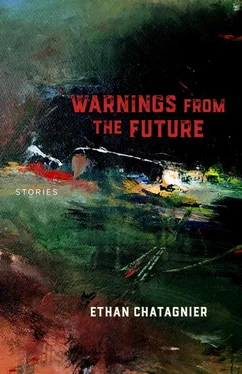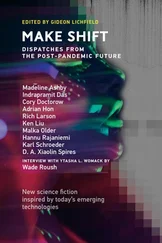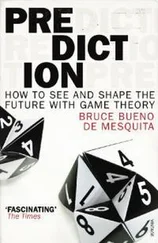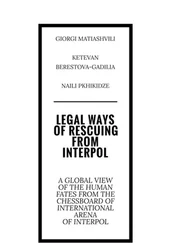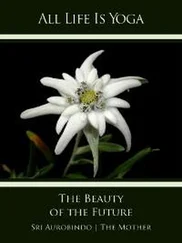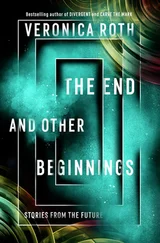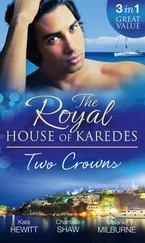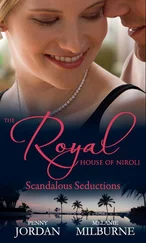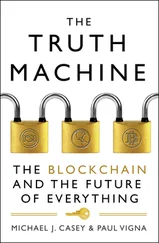I walked down Newbury Street to find a model for the panorama from one of the watercolor artists who hawked their paintings of Fenway and the swan boats and Faneuil Hall to tourists. I picked out an eight-by-ten of the Charles with the Mass Ave Bridge and Back Bay behind it. Like all watercolors, let alone all street art, it was lacking in detail, but it gave me the bones, and the rest would be easy enough to embellish.
“How much for this?” I asked. None of the pictures had a price tag.
“Forty,” said the man wearing a black pageboy hat and cheap button-down. He was making a show of blocking in the marina.
“For an eight-by-ten?”
“Don’t try to haggle for it. Buy three or more, you get twenty percent off.”
It was a brisk evening with lots of traffic on the commercial lane. A street musician’s impoverished guitar provided the soundtrack to matrons in military-style coats walking eastward toward the park hotels and girls in ridiculous high-fashion outfits prancing by on their way to cocktail hours. The painter watched the hems of their skirts as they passed, and even as I felt disgust for him I realized I had been doing the same. I drew up closer to watch him work. He was competent, of course. He painted quickly, each scene a repeat of a scene he’d done hundreds of times before. I was getting quick with my carving knife, though each image I did was new, and even though my pumpkins were admittedly not real artwork, I disliked the feeling of a parallel thread between me and this hat-wearing amateur.
“You sell many?”
“Summers? A ton. Fall and spring, enough. Wintertime I gotta play mall Santa.”
“You’re not even fat.”
“Try and find a fat guy in Boston without an Irish accent.”
He said he’d taken some community college classes before going to study with a few seascape painters up in Maine. He listed a few names I’d never heard of, names unknown outside the newspapers of the little communities they lived in, probably selling their paintings of marine rocks to the elderly via mail-order catalog. I told him to thin out his brushstrokes if he wanted to add more detail.
“I’ve been doing this for fifteen years, kid. I think I’ve got it down.”
I figured he would be doing it fifteen more; in fact, I’d passed a sixty-year-old art hawker on my walk down Newbury whose paintings were nearly indistinguishable from these.
I gave him forty dollars. I had about two hundred with me, having deposited the nerve-wracking balance under my mattress at home. On my way back home from Back Bay, I stopped in a liquor store and spent most of the rest of what was in my pocket on a bottle of Paul Giraud. I had two leftover uncut pumpkins in my little studio, but the remaining eight I would need to bring home one by one, so I stopped next in a Back Bay grocery, though I could get them in Chinatown for half the price. The rest of the walk was a struggle, with the eight-by-ten tucked into the back of my jeans, a large pumpkin under my right arm, and my left hand wrapped around a bottle of the most expensive alcohol I’d ever bought, but I enjoyed the comic figure I cut as I waddled through downtown Boston like some overloaded Russian peasant.
There was no heater in my studio, but it was directly above the kitchen of the Vietnamese restaurant, and that heated my space quite well. Steam smelling of beef stock fogged through the gaps in the old hardwood flooring. I was obliged to do my carving, as well as my painting when I had time for it, in the corner by a window that I cracked open a few inches. It was the one place in the apartment I could keep cool, and I didn’t want too much heat to set any of my carvings prematurely to rot.
I had just the key lines down: the bend of the river; the diagonal cut of the bridge; select trees along the bank; the squat outlines of the Back Bay condos; behind those, the tall silhouettes of the Pru and the Hancock tower. I set electronic tea lights inside them so I could see how the cavities would look illuminated, but I had to imagine the flicker, the movement, that actual candles would provide.
I kept a few fingers of cognac in my glass while I worked, and sipped at it when I stepped back to assess my progress. My carvings didn’t typically require such a stock-taking, but I did so, outwardly, because this was a panorama, and one needed a little more distance to see the full scope. Inwardly, I did so because the rain-wet street outside the little window, the savory steam rising from below, and a glass of such a fine spirit were almost enough to make a pumpkin look like a work of art.
Deckinger called me at three thirty on Saturday, wanting to know if I was going to make his deadline. I told him I was putting the final touches on the last one and that I’d start hauling them up within the hour. I’d be bringing them one by one, I said, walking through the Common rather than taking the T, and each trip would take about twenty minutes.
I put aside what I’d actually been working on that morning: a new painting that had been occupying more and more of my brainspace since I’d stood in front of Deckinger’s Durant. I always did my best work when I was neglecting something else important; I could channel the pressure of a deadline into an artificial deadline for myself.
Durant saw all the faces in the crowd, but my project was to see the crowd in a single face. I had a huge self-portrait going, divided into little rectangles like the index guides in an atlas. Eventually the guides would fade into the paint laid over them, but each little box would have distinctions both in a slightly different undertone and a slightly different cast of feature—that is, one corner of the mouth would be playfully smirking, the other turned down; one eye would appear to be the eye of a hero, the other the eye of an old woman on the subway. The trick was getting them to conspire to create one cohesive face, one only slightly fractured, able to draw the viewer closer to observe each panel and examine the infinite parallel versions of a single human countenance.
But that would all have to wait. I quickly fine-tuned the last of the pumpkins and stuck it under my arm. Outside, I was surprised to find a black car waiting for me, and a chauffeur holding a sign with my name on it as if I were being picked up at the airport. So I loaded all the pumpkins into the trunk, cushioning them with some Styrofoam blocks I had in my apartment, and we drove the short trip up the hill to Deckinger’s condo.
The foyer looked the same, but the rooms beyond were decorated with framed posters for dozens of old horror movies: Poltergeist , Rosemary’s Baby , The Exorcist , and so on. A rented bartender was setting up his table, and Deckinger sat on the corner of his sofa trying to connect his laptop to what seemed like a very complex stereo system. He was not impressed with the first pumpkin I brought in, decorated only with the tail of the river and a few trees. Nor was he happy when I told him I’d deviated from the specs he gave me, forgoing two rows of five pumpkins for a triangular design with just one pumpkin on the bottom left, rising to three high on the far right.
He studied the first one, his face looking something like a TV judge when he threatens to hold someone in contempt. That expression eased toward neutral as successive trips to the car filled in the tableau. The driver offered to help, but I would not have anyone else handling the delicate pieces. It took about fifteen minutes to come together. When they were all arranged Deckinger looked at me, shrugged, and said bemusedly, “What did I expect from pumpkins?” He counted out the balance of the commission from his wallet.
I wasn’t worried. I took his money, crouched to a knee, and used long matches to light the eighty-two candles I had glued into position inside the cavities. I did the river first, in the foreground, and with only it and the silhouettes of trees illuminated it recalled the untouched landscape here before Boston. Then I lit the buildings, carefully carved with a pattern that showed certain offices still lit but others darkened for the night. For last I saved the lights of Fenway and the landmark Citgo sign on the right of the panorama. I had used cardboard cutouts and four different colors of candle for the Citgo sign so the triangle was separated into orange, red, and maroon just like on the sign itself, and the CITGO letters glowed blue and bold. Making it all come together had at first felt like I was fashioning the land with my hands, then like I myself had built the city on top of it, like I could conjure whole civilizations.
Читать дальше
